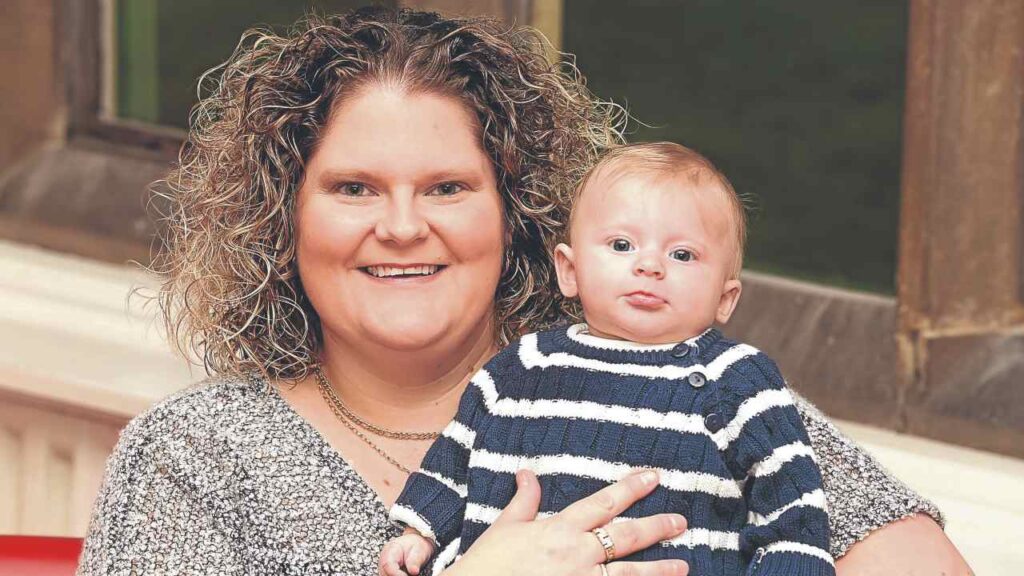July 29, 1978
Even in the realm of history, filled with countless remarkable moments, some events stand out more than others, mainly due to their significant impact on our social, cultural, or scientific landscape. One such groundbreaking occurrence was on the 29th of July, 1978, in Oldham, England when Louise Joy Brown, the world’s first test tube baby, was born.
Events and Description:
By the mid-to-late 20th Century, advances in medicine were happening rapidly, yet the mystery of infertility remained largely unresolved. This all fundamentally changed when two medical pioneers, British physician Patrick Steptoe and physiologist Robert Edwards, successfully fertilized an egg using in vitro fertilization (IVF). The technique involved extracting an egg from a woman’s body, fertilizing it in a laboratory, and implanting it back inside her.
On November 10, 1977, Lesley Brown underwent a procedure to extract her egg, which was then fertilized and implanted back in her uterus by Steptoe and Edwards. Pioneering a new frontier, a completely new approach to overcoming fertility challenges was successfully carried out. And so, months later, at 11:47 pm on July 29, 1978, Louise Joy Brown was born by cesarean section, marking a new era in reproductive medicine.
Impact:
Louise’s birth paved the way for advancements in reproductive treatments and hope for millions of couples struggling with infertility worldwide. By 2020, it was estimated that over 8 million babies have been born via IVF worldwide. The discovery opened new doors to ongoing research about fertility, hereditary disease, and Stem Cell research.

Interesting Facts for Kids:
1. Louise was called the “test tube baby” because her conception took place in a laboratory dish, not a test tube!
2. When Louise was four years old, her mom had another baby girl, Natalie, who was also an IVF baby.
3. Louise herself went on to have a kid naturally, proving that being an IVF baby doesn’t necessarily make one infertile.
Educational Activities for Kids:
1. Drawing and Coloring: Kids can draw a picture of a scientist in a lab, demonstrating the IVF process – it’s great for creativity and understanding the concept.
2. Storytelling Project: Children can make a simple picture book or comic strip, detailing Louise Brown’s extraordinary story.
3. Science Project: Older kids might take an interest in creating an easy 3D model that depicts the IVF process.
Conclusion:
The birth of Louise Brown on July 29, 1978, was indeed a historical event that reshaped our understanding of human reproduction. In more ways than one, it signified a breakthrough, a beacon of hope for the future, a testament to endless possibilities science and technology has in store for us.
References:
1. Steptoe PC, Edwards RG. Birth after the reimplantation of a human embryo. Lancet. 1978;2(8085):366.
2. Henig RM. Pandora’s baby: how the first test tube babies sparked the reproductive revolution. Cold Spring Harbor Laboratory Press, 2006.
3. Johnson MH. Robert Edwards: the path to IVF. Reprod Biomed Online. 2011 Oct 1;23(2):245-62.







What do you think?
Show comments / Leave a comment